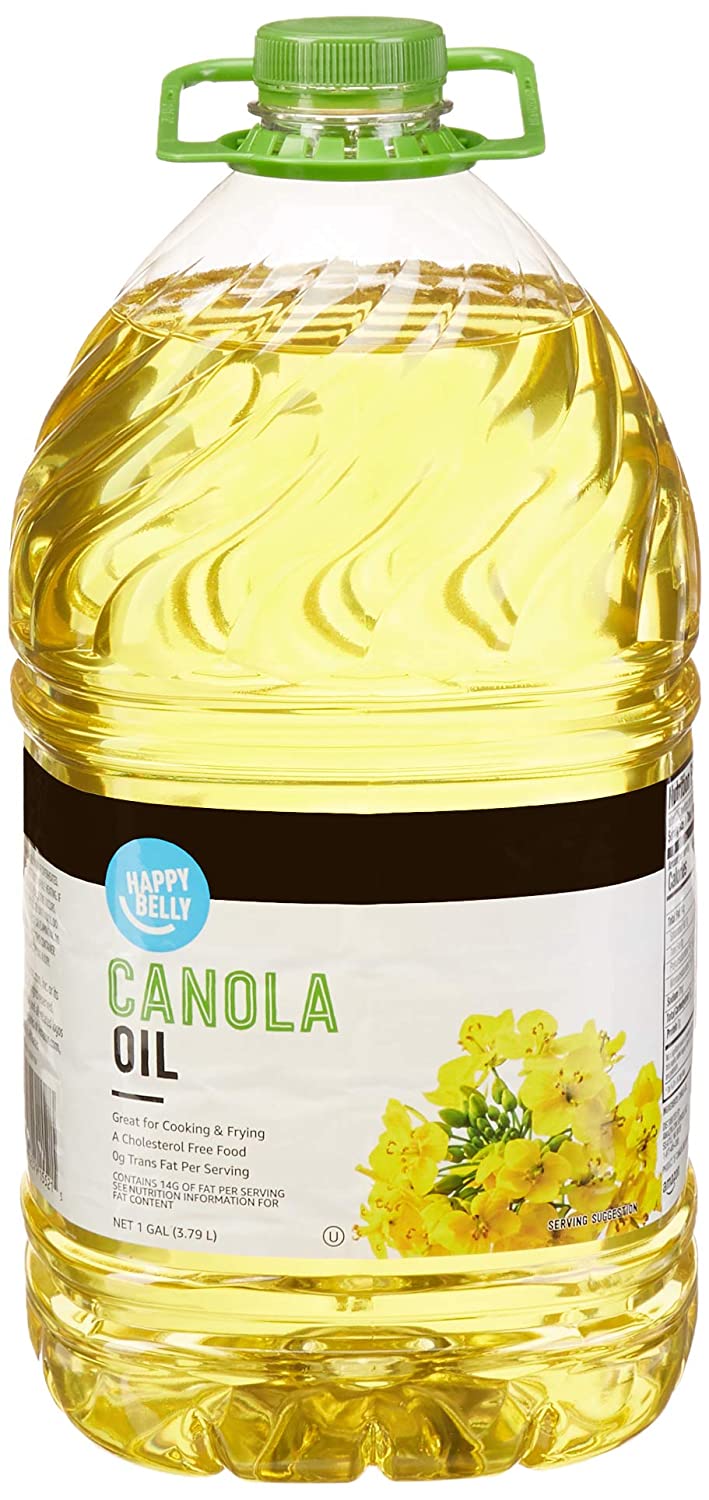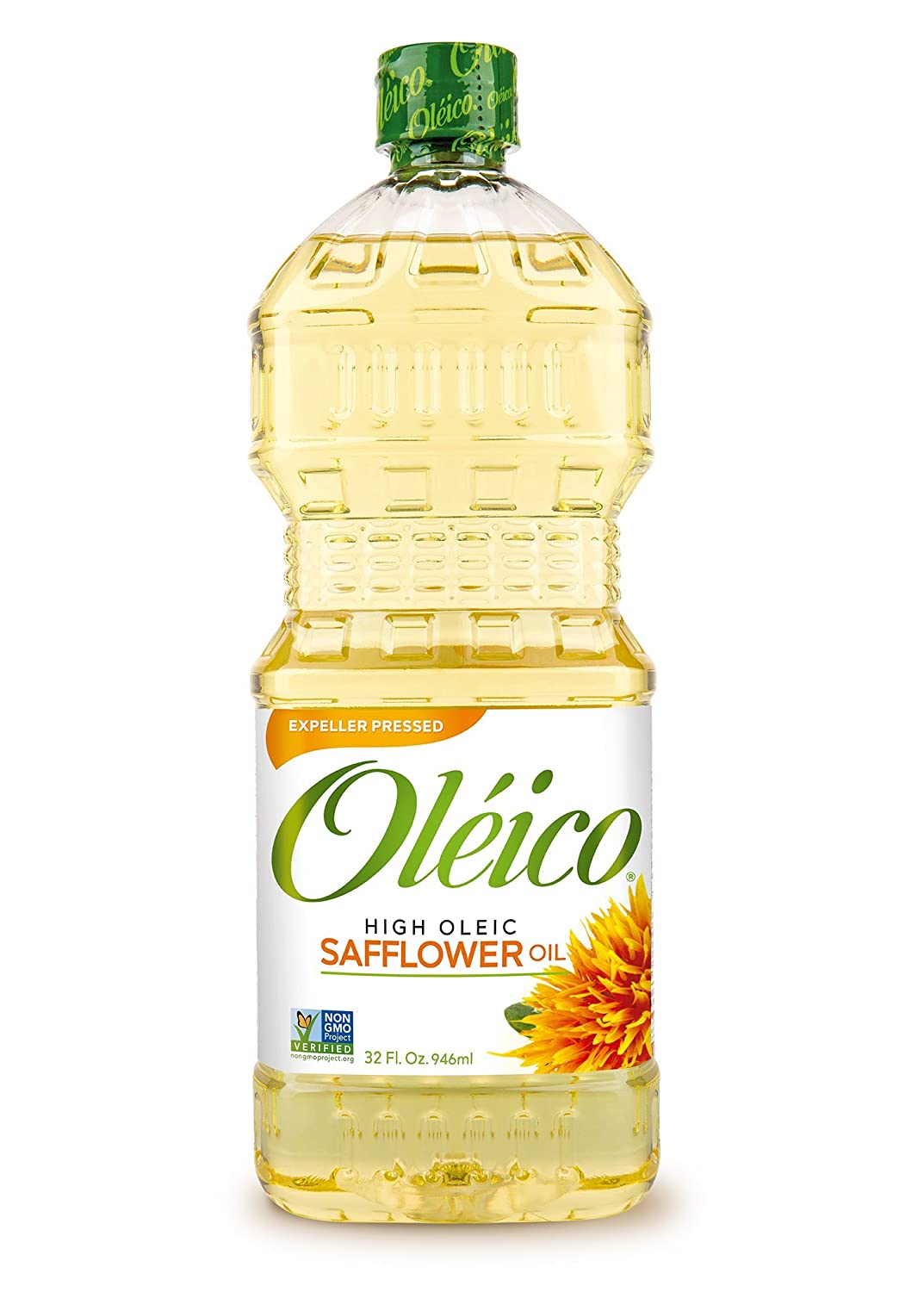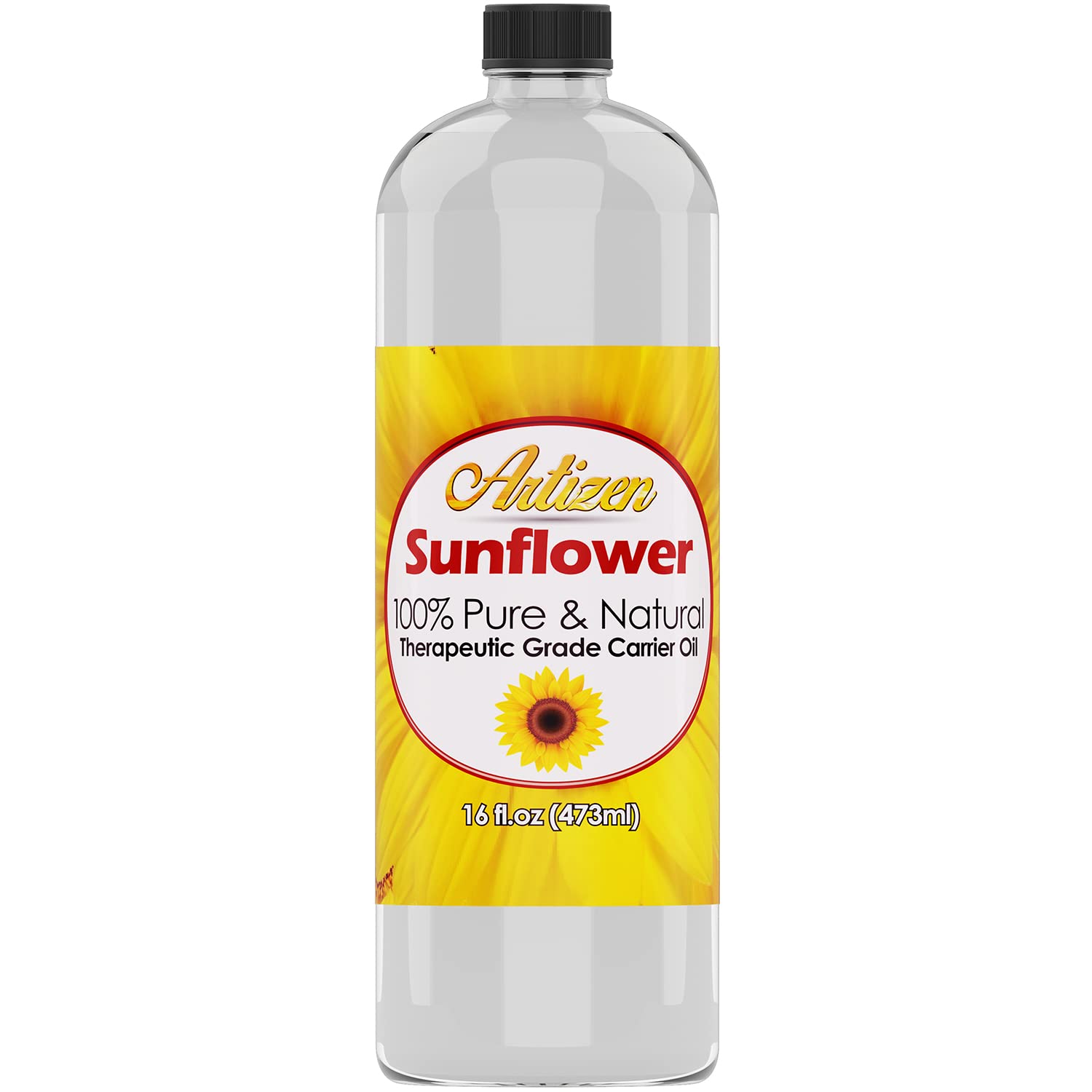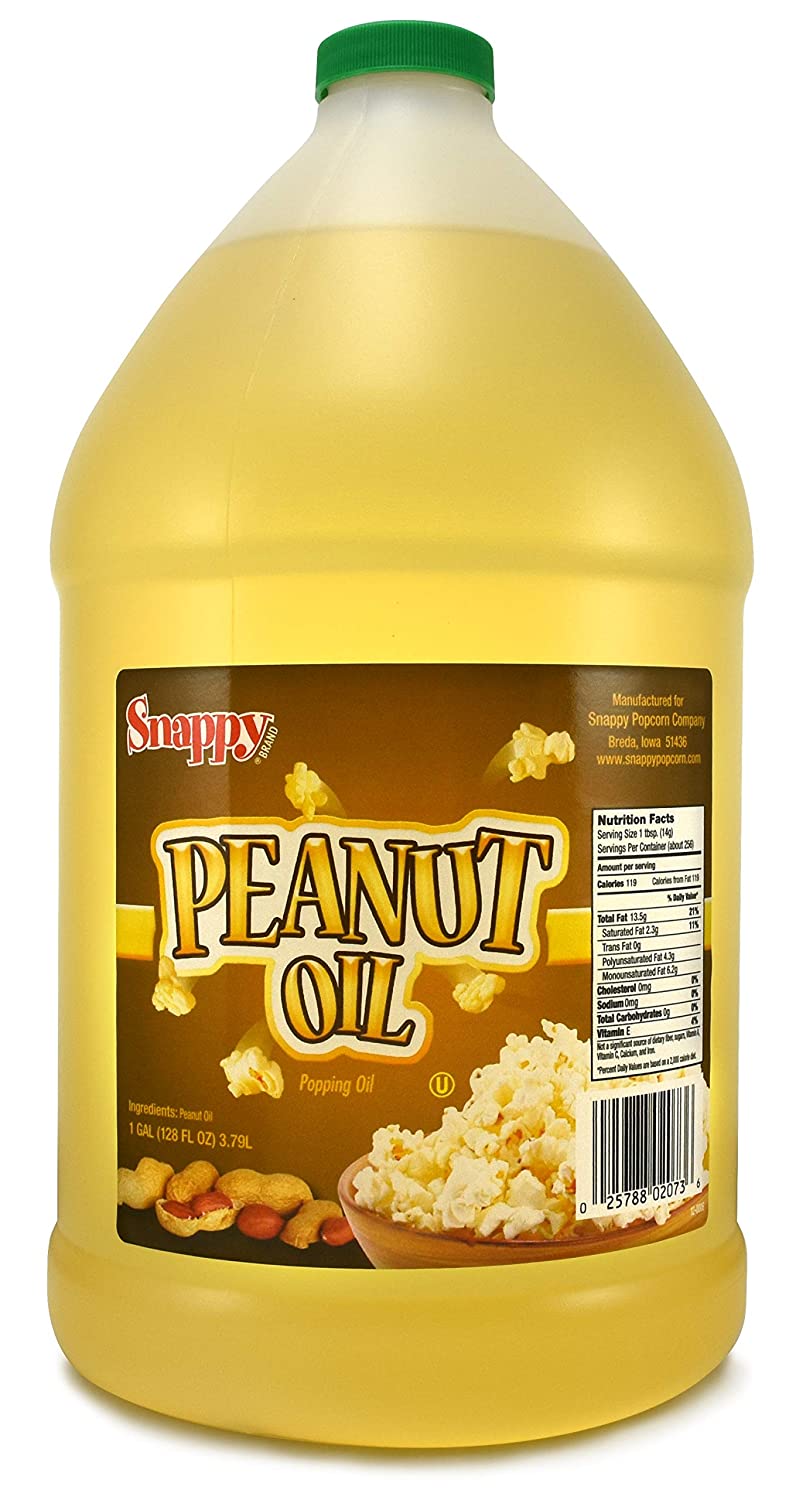When choosing a good cooking oil for frying fish, you want one that has a high smoke point, a good taste, and will not transfer flavor. It should also be light enough to be purchased at any store easily. Here are some recommendations. These oils are all excellent choices for frying fish. Here are three of the best types of oils: Canola, sesame, and vegetable. They all have similar smoke points, but they have varying fat content. When choosing a cooking oil for frying fish, you should consider the oil’s smoke point.
The smoke point is the temperature at which a greasy substance begins to burn or smoke. This imparts off-flavors to the food. It can also contain free radicals, which are harmful to your health. Soothing oil is the best option for deep-frying. The highest smoke point for vegetable oil is 375 degrees Fahrenheit, so buy a high-quality one.
Another essential characteristic to consider when choosing a cooking oil for frying fish is the smoke point. The smoking point refers to the temperature at which an oil breaks down or begins to smoke. A high smoke point means that it won’t break down when deep-frying your fish. Using an oil low on the smoke point will be useless when frying your fish. If you’re worried about the smoke point of your cooking olive oil, use a neutral oil instead.
How To Choose The Best Oil For Frying Your Fish?
The oil used to fry fish has a significant impact on the texture and flavor of the fish and how well it fries. As a result, it is critical to use the proper fish frying oil. When selecting oil to fry your fish, consider the following are critical elements.
1. Smoke Point
The smoke point is critical because it dictates how hot the oil may get before it begins to smoke. The most refined oil for frying food can maintain a high temperature long enough to fry the food safely and effectively. Serious Eats explains, “when fat is heated above its smoke point, it begins to degrade, producing free radicals and a compound called acrolein, the chemical that imparts the acrid flavor and scent to burnt foods.”
A high smoke point oil can withstand the high temperatures required to fry fish properly. Proper frying requires a temperature of between 350 and 375 degrees F. Any lower, and the fish will absorb an excessive amount of oil; any higher, it will burn. Additionally, it’s critical to use an oil that can be heated to at least 50 degrees above the proper frying temperature to compensate for the temperature decrease when cold food is added to the pan.
2. Flavor
Because fish has a delicate flavor, you must use neutral-flavored oil to prevent overpowering the fish. You would avoid extra virgin olive oil for this recipe primarily due to its low smoke point, but it would also lend a solid flavor to the fish.
Canola, vegetable, and safflower oils are all flavorless or very mild. Although peanut oil is excellent for cooking, it does have a mild nutty flavor. Clarified butter (ghee) imparts a slight butter flavor to the fish.
3. Health Factors
It would help if you always considered the health implications of cooking with oil. Once the oil reaches the smoke point, it begins to emit free radicals, which can cause harm to the body’s cells.
“Saturated and monounsaturated fats are the most stable oils to cook with,” Medical News Today reports. Polyunsaturated oils are composed of short-chain fatty acids and disintegrate more easily when heated, generating more free radicals.”
Canola, sunflower, and avocado oils are all considered good to fry at this temperature. Peanut oil is also available, although it contains polyunsaturated fats and monounsaturated lipids.
Here Are The Best Oils for Frying Fish
As the list above indicates, numerous oils fit the criteria for a high smoke point and neutral flavor. You can use any of those oils, but if you’re still unsure which oil is ideal for frying fish, we’ve included a list of the most acceptable possibilities below.
1. Canola Oil
When it comes to frying fish, canola oil is a good choice, and it is a very light oil that is reasonably priced. The best feature of canola oil is widely available in most grocery stores.
Additionally, canola oil’s high smoke point and neutral flavor make it perfect for frying fish. This ensures that the oil does not overpower the flavor of your fish. Canola oil can resist high heat without degrading.
When it comes to frying fish, you need to choose an oil with a high smoke point. An oil with a high smoke point will not cause the food to smoke, but it will not be healthy enough for deep-frying. A good choice for frying fish is Canola oil, and it has a high smoke point, which is necessary for frying at 400 degrees, and its smoke point is sufficient to cook most fish.
2. Safflower Oil
Safflower oil that has been refined has a high smoke point and is excellent for frying fish. Avoid using unprocessed or semi-refined safflower oil, though. It is suitable for frying fish due to its high smoke point and neutral flavor.
Additionally, safflower oil is abundant in monounsaturated fats. As a result, the oil is a healthy choice for you.
3. Sunflower Oil
Sunflower oil is the most often used oil for frying fish. Its balanced – though slightly nutty – taste ensures that it does not overpower the flavor of your seafood. Sunflower oil with a high oleic content has a smoke point of 440°F.
On the other hand, Sunflower oils have a smoke point of only 225°F, making them unsuitable for frying fish.
4. Peanut Oil
Peanut oil is the next item on the list. If you don’t mind a slight nutty-sweet flavor, peanut oil is a must-consider alternative for frying fish. While it has a high smoke point, it also contains specific lipids that can degrade into free radicals harmful to the body.
It is critical to remember that peanut oil is not the healthiest choice, and consuming it on occasion will have no adverse effect on your health.
Choose an oil with a high smoke point. The smoke point is the temperature where an oil begins to burn or smoke. You don’t want to fry your fish at temperatures lower than this because it will give the food an unpleasant flavor. Additionally, a high smoke point is essential for deep-frying, so you don’t want to use an oil that is too high. You’ll also want to avoid using peanut oil if possible. This oil is not recommended for frying fish because it has a shallow smoke point.
5. Vegetable Oil
Besides being cheap, vegetable oil is the best cooking oil for frying fish, and its neutral flavor and low smoke point are essential considerations. You should choose an oil with a high smoke point for frying fish. If you don’t want to use the same oil over, you can also use grapeseed oil. You can opt for an oil with a lower smoke point for deep-frying.
You should avoid vegetable oil if you’re frying fish. It contains unstable fats and will reduce the nutritional value of your food. It will also increase your risk for cancer. However, you can use olive oil for battered frying fish and avocado oil for deep-frying. You shouldn’t use palm or peanut oil for deep-frying fish, and they’re both terrible for you. It’s best to use good cooking oil for fried fish.
When cooking fish, you should select an oil with a high smoke point, which will prevent the oil from turning into a flammable substance. If you’re deep-frying, you should use vegetable oil and avoid olive oil. Alternatively, you can choose olive oil or canola. These are all light oils that are ideal for deep-frying, and it is also the most affordable option.
Is Fish Fried In Olive Oil Healthy?
Without any doubt, olive oil is a healthy alternative for cooking fish. When using olive oil for frying fish, you do not have to worry about any detrimental impact on your health. While it does have a lower smoke point, it has anti-inflammatory qualities and is abundant in antioxidants and fatty acids that keep it from breaking down into free radicals.
Olive oil is one healthful alternative. Summary: Frying can increase the amount of fat in your fish and negatively influence the ratio of omega-3 to omega-6 fatty acids. If you’re cooking, pan-fry rather than deep-fry your fish, and use a healthy oil like olive oil.
What Is The Most Suitable Oil For Frying Fish?
The best oil for frying fish is one with a high smoke point and a neutral flavor that does not dominate or interfere with the fish’s flavor. Frying can increase the lipid content of your fish and alter its omega-3 to omega-6 fatty acid ratio. If you’re frying, use a pan rather than a deep fryer and a healthy oil such as olive oil.
Sunflower oil, canola oil, peanut oil, and safflower oil are excellent choices.
While biting into that perfectly crispy fish is always worth it, frying fish at home may be challenging, especially if you’re not an expert. Many customers say that their fried fish comes out greasy or leathery.
Conclusion
The best cooking oil for frying fish should have a high smoke point. A high smoke point is essential for frying fish at higher temperatures. A low smoke point will result in off-flavors. A high smoke point means that it is safe for frying fish at a higher temperature. If you’re not a fan of oil with a high smoke point, you should use peanut oil. It has a neutral flavor and is inexpensive. If you’re not buying it from a store, it is best to use a branded brand.
Choose the appropriate fish. Not all fish are suitable for deep-fried, and Fry salmon or tuna is never a brilliant idea. Rather than that, choose fish with a neutral flavor and a low-fat content. Halibut, catfish, cod, striped bass, and trout are excellent choices. Additionally, you can deep-fried shrimp using any oil alternatives listed above. While neutral-flavored oils are ideal for shrimp, peanut oil works well.







